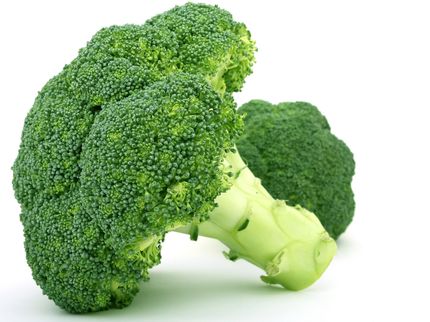Phosphagenics initiates animal trials with its anti-cancer compound, GTP-0805
Phosphagenics Limited, pharmaceutical and nutraceutical company, announced that it will commence animal studies later this month on its patented anti-cancer compound. The drug candidate, GTP-0805, is a phosphorylated variant of gamma-tocopherol. The announcement comes after positive findings from laboratory studies on GTP-0805 conducted in prostate and breast cancer cells on behalf of Phosphagenics by the Malaysian palm oil Board, which has significant experience in cancer research.
These laboratory studies on GTP-0805 found that the compound induced a greater than 90% reduction in breast and prostate cancer cells. In addition, GTP-0805 demonstrated a synergistic anti-cancer affect on prostate cancer cells when combined with the antioxidant carotenoid lycopene. The studies also suggest that GTP-0805 can significantly inhibit the proliferation of breast cancer cells in a dose-dependent manner which, when compared to the established anti-breast cancer drug Tamoxifen, was more effective.
The proposed animal studies to be carried out by Phosphagenics will assess the anti-cancer properties of GTP-0805 both alone and in combination with lycopene or with an anti-cancer drug, it being common practice to use combination therapy in the treatment of cancer. Phosphagenics' data also suggest that GTP-0805 will enhance the absorption and intracellular uptake of cancer drugs, thereby potentially minimising both the doses required and the adverse effects of cytotoxic drug therapies.
Phosphagenics' opinion is that GTP-0805 also has potential in the functional food market. Lycopene, a carotenoid present as a red pigment in a number of fruit and vegetables, has been linked to cancer prevention. The synergistic activity observed between GTP-0805 and lycopene in laboratory tests suggests that adding GTP-0805 to high lycopene-content foods, such as tomato pastes and sauces, may boost this natural carotenoid's activity. Commercially, GTP-0805 may offer a number of product differentiation opportunities for multinational and functional food producers.
Topics
Organizations
Other news from the department research and development

Get the life science industry in your inbox
By submitting this form you agree that LUMITOS AG will send you the newsletter(s) selected above by email. Your data will not be passed on to third parties. Your data will be stored and processed in accordance with our data protection regulations. LUMITOS may contact you by email for the purpose of advertising or market and opinion surveys. You can revoke your consent at any time without giving reasons to LUMITOS AG, Ernst-Augustin-Str. 2, 12489 Berlin, Germany or by e-mail at revoke@lumitos.com with effect for the future. In addition, each email contains a link to unsubscribe from the corresponding newsletter.






















































